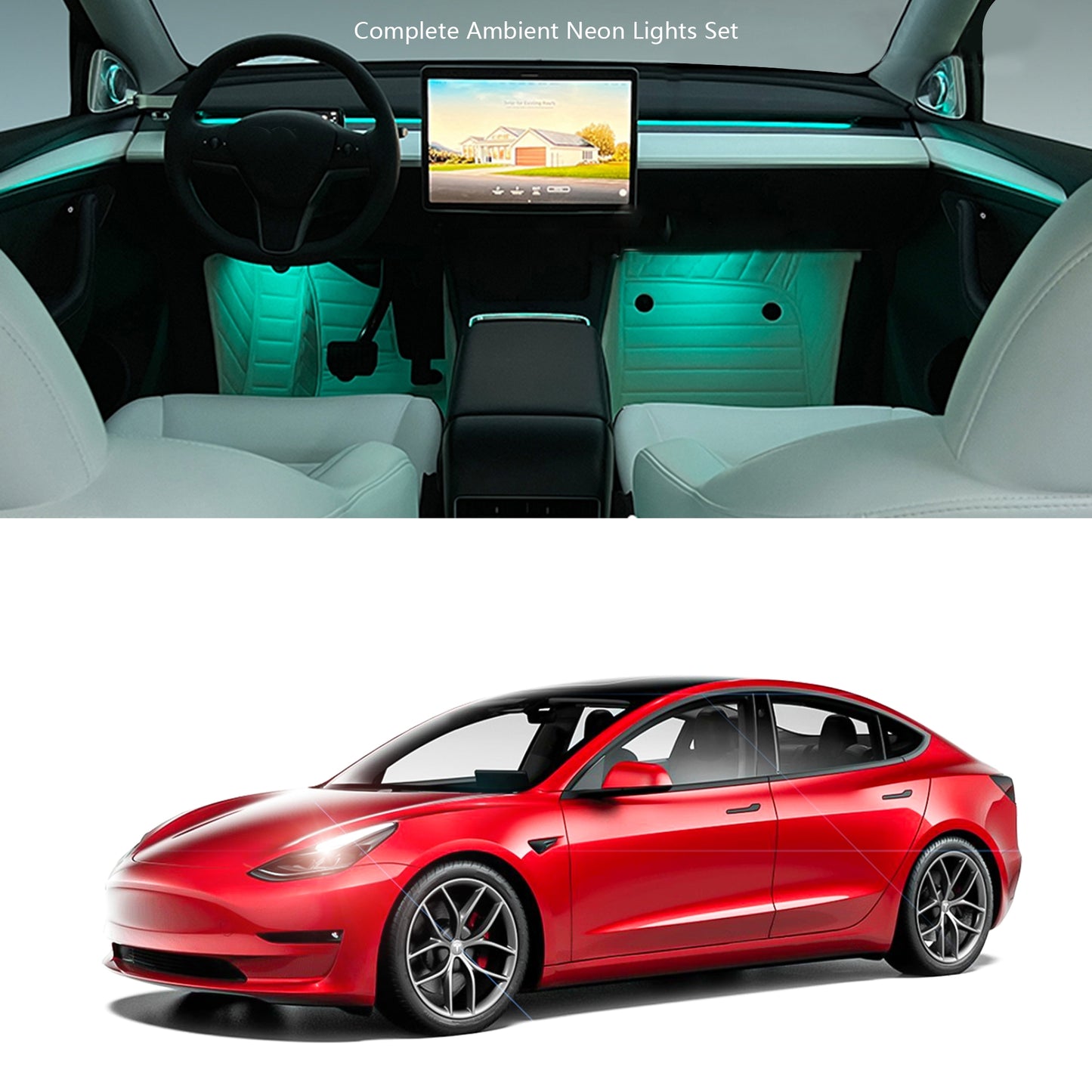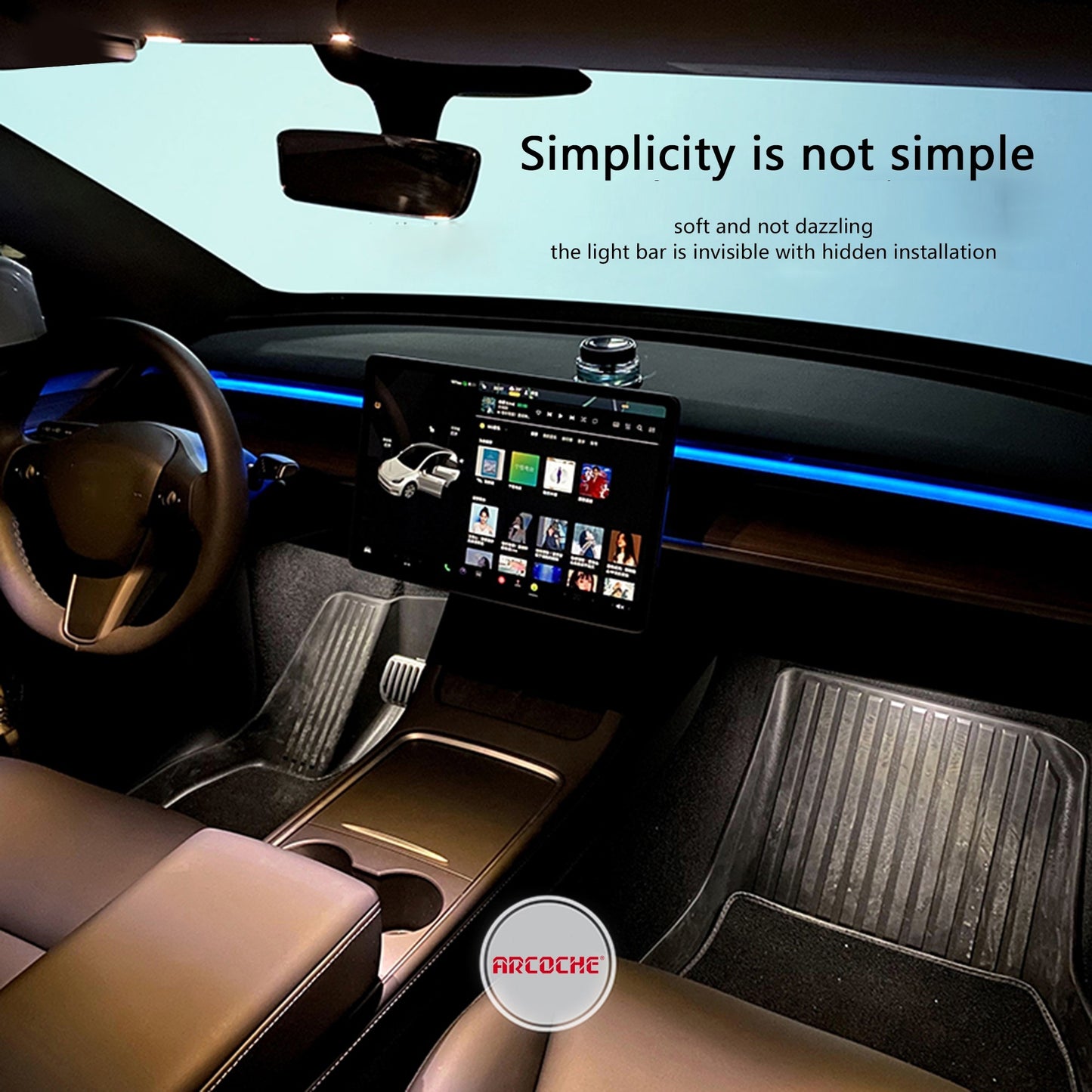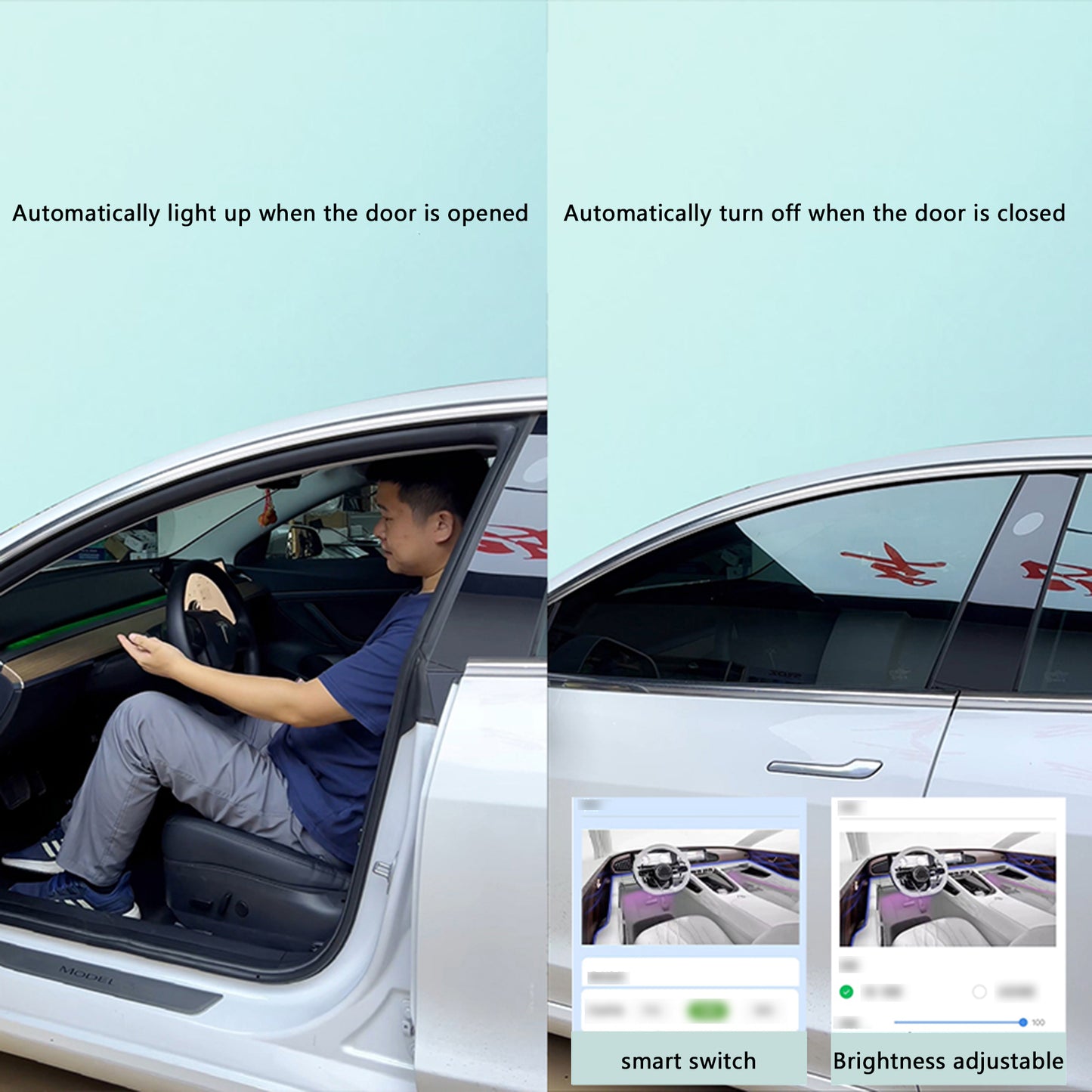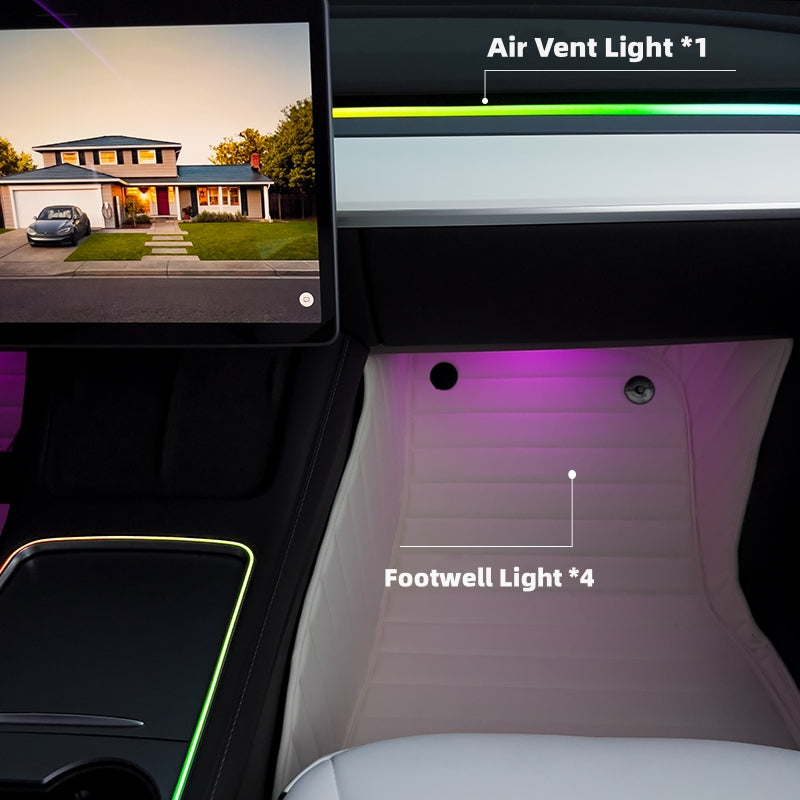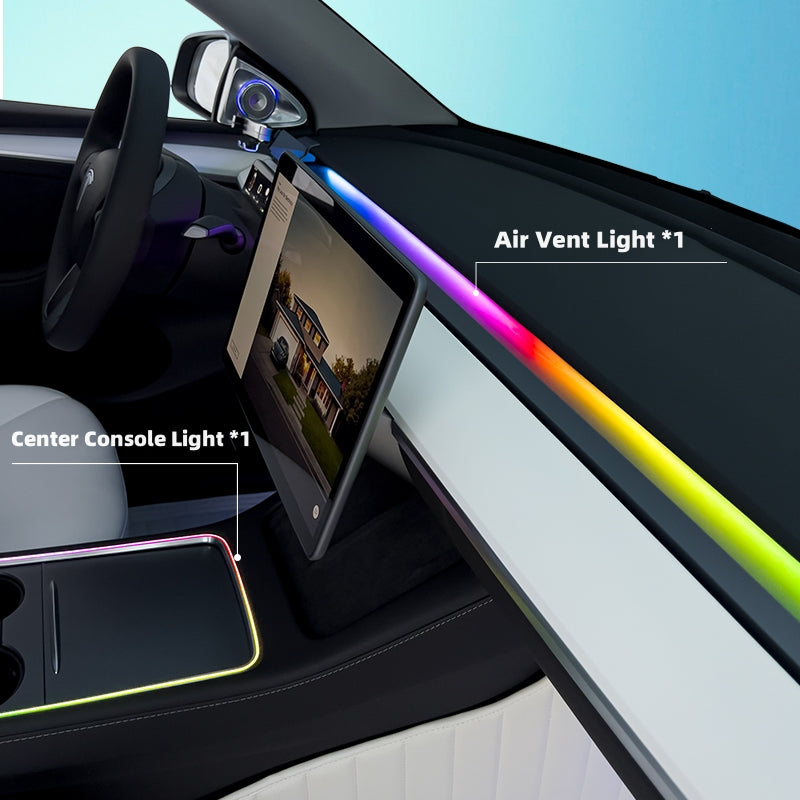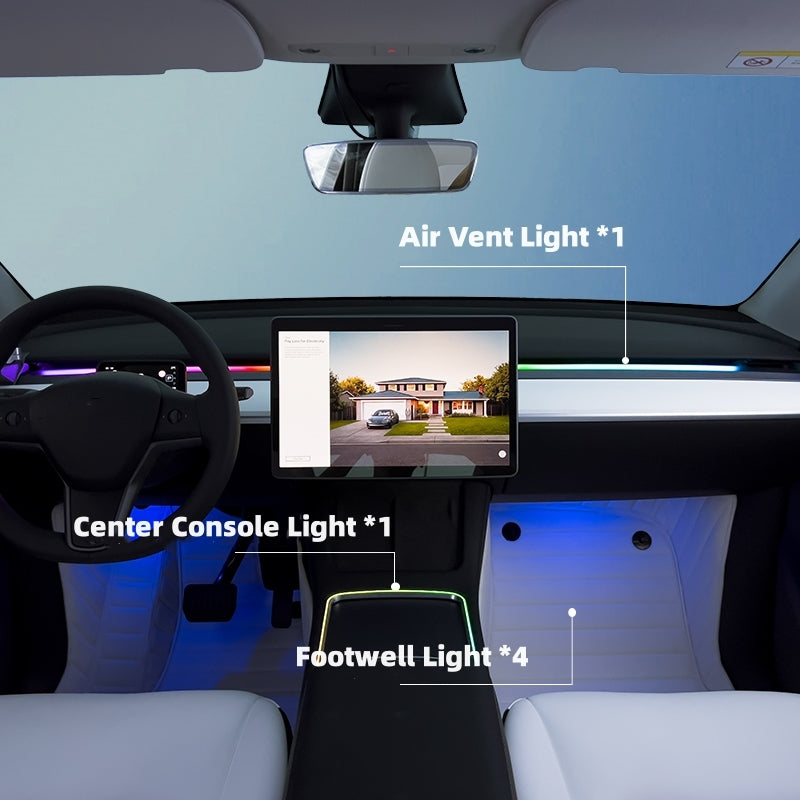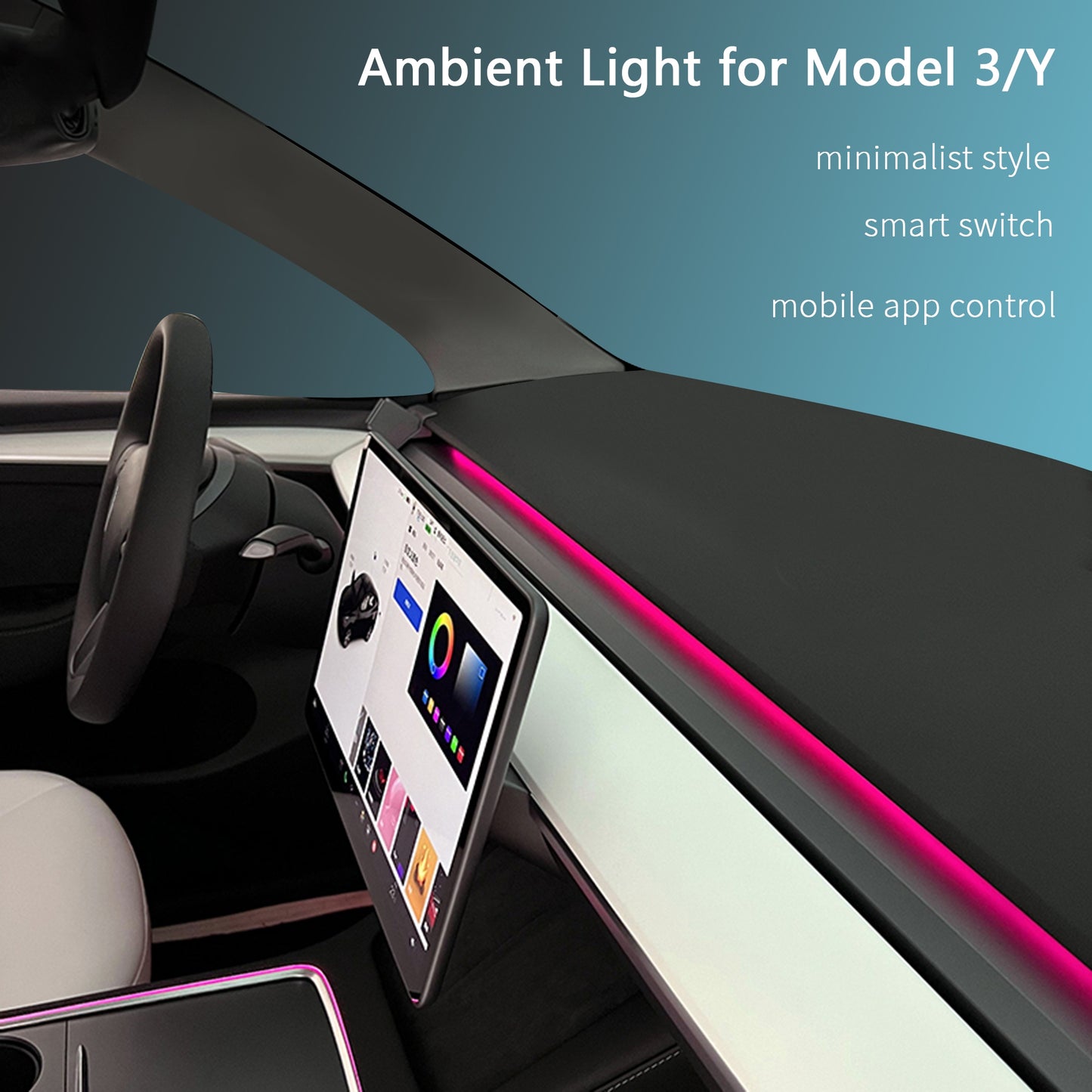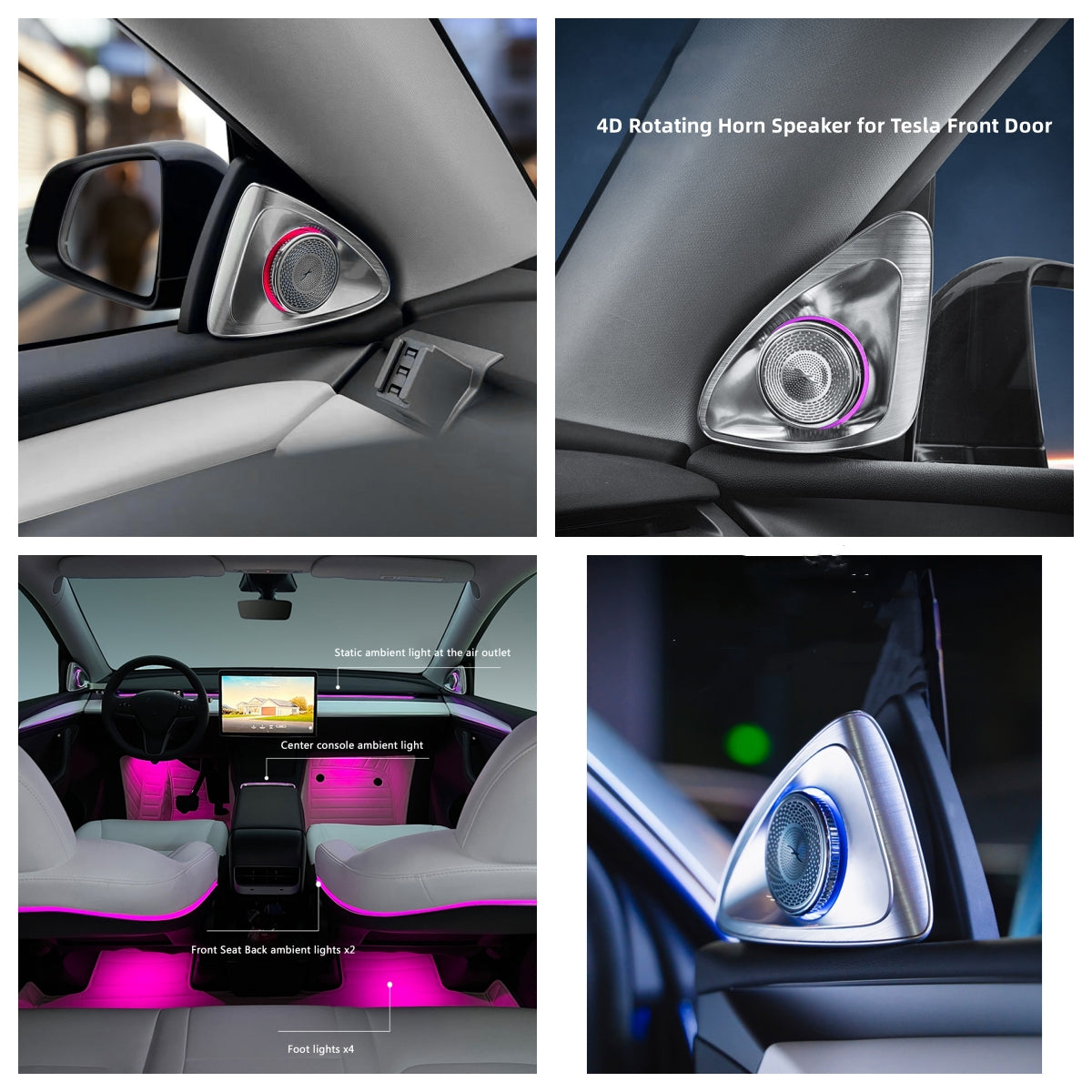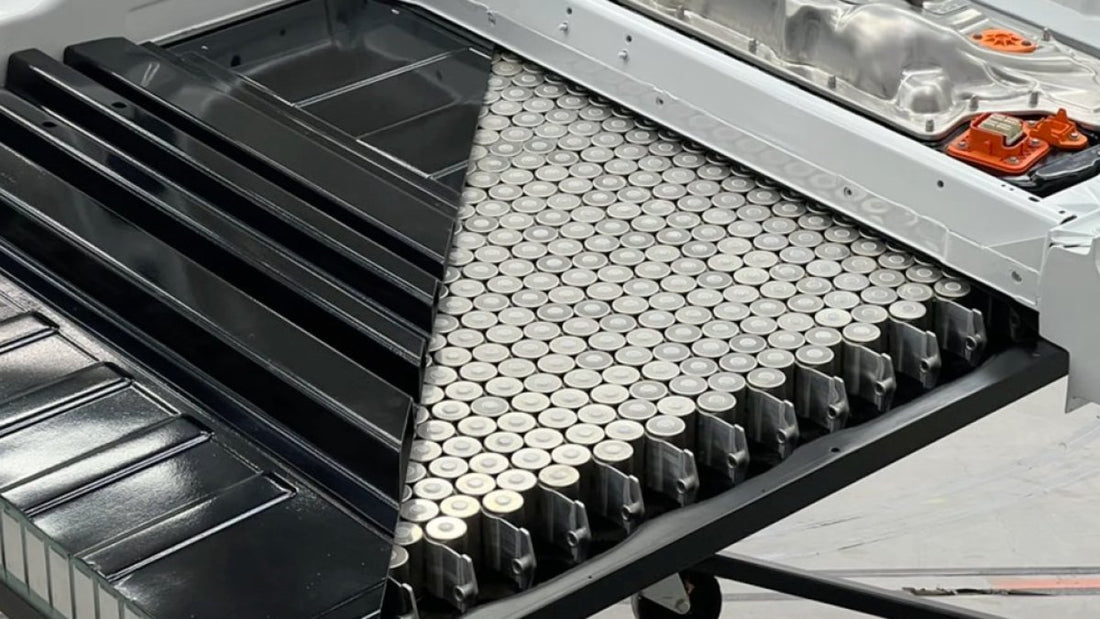
Tesla's 4680 Dry Cathode Battery Cells: Enhancing EV Affordability and Performance
Affordability and Performance
At the 2024 Shareholder Meeting, Elon Musk unveiled Tesla's latest innovations in the 4680 cell technology. After years of development, Tesla has achieved a functional 4680 cell that matches or surpasses the performance of the current 2170 cell. The official Cybertruck account also posted an image of the first Cybertruck with 4680 dry-cathode cells and its production team on X.
Exploring the Dry Battery Electrode Process
The Dry Battery Electrode (DBE) process is a major shift from the traditional Wet Battery Electrode (WBE) method. By eliminating toxic solvents and the need for furnace baking, this process is more environmentally friendly and efficient in terms of time and space.
In the DBE process, the electrode, which is the conductive terminal of the battery, is manufactured in a dry state, unlike the previous wet process.
Evolution and Challenges of the 4680 Cell

Tesla initially used 4680 cells in Model Y's structural battery packs. However, these early models faced issues with charging performance and energy density, leading to their withdrawal from the market. The large size of the 4680 cells made cooling difficult, which limited their effectiveness.
In November 2023, during the Earnings Call, Tesla introduced the Cybercell for the Cybertruck. This new version boasts higher energy density and improved charging performance. According to Sandy Munro's teardown analysis, this improved version offers about a 12% increase in energy density, a significant enhancement.
Advantages of the Tabless Design
The tabless design of the 4680 cell streamlines production and reduces manufacturing complexity. Traditional battery cells have tabs that add steps to the production process, increasing the chance of defects and slowing down production. Eliminating these tabs simplifies the process and enhances efficiency.
The absence of tabs also shortens the distance electrons travel, reducing resistance and energy loss, which increases overall vehicle efficiency.
Benefits of the New 4680 Cell
The new 4680 cell process offers several advantages, including up to a 50% reduction in production costs compared to the current wet process. Additionally, the dry process is more sustainable and allows for quicker scaling of production.
Tesla's transition from the 2170 cell to the 4680 cell is driven by cost savings. The larger size of the 4680 cell not only reduces production costs but also serves as a structural component of the vehicle, further lowering manufacturing expenses.
Simplified Manufacturing and Cost Efficiency
The larger size of the 4680 cell makes it easier and cheaper to manufacture compared to the taller and thinner 2170 cell. Its unique tabless design minimizes resistance, enhancing charging speeds and overall cell performance.
By replacing 4,400 2170 cells with only 960 4680 cells in a battery pack, Tesla significantly reduces the material needed for individual cell casing. This optimization increases energy density and conserves space within the battery pack.
Future Outlook
The advancements in 4680 cell technology could lead to lower prices for the Cybertruck and an increased production rate. Tesla aims to produce approximately 250,000 Cybertrucks annually, requiring a large number of 4680 battery packs.
Looking ahead, Tesla plans to integrate the improved 4680 cell technology across its entire vehicle lineup, ultimately surpassing the 2170 cell and setting new standards in the electric vehicle industry.




